Mashinky: How do the semaphores work?
Last update:
Semaphores are simple devices that can help in creating a vast railroads network. Without them only one train can use a single track. Correct understanding how do the semaphores work and how the trains behave can help you in creating a large and complicated connection. Signalization is mandatory if you want more than one train to use a single track.
Two-direction semaphores
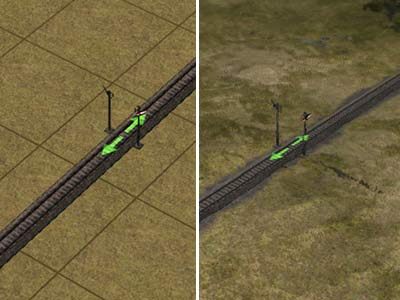
The basic signalization type. It can stop and let in locomotives from both sides. However, it can sometimes cause situations when two trains are stopping, faced towards each other, because they want to ride in opposite direction. You should use these semaphores only with simple connections, on some crossroads, sections of the railroad or station entrances.
One-direction semaphores
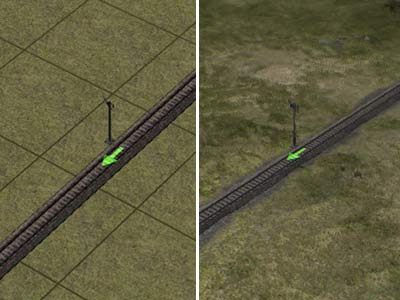
The most frequently used signalization type. It enables the locomotives to ride only in one direction. The train will plan its track so that it won't ride in opposite direction. Perfect when creating bypass points, tracks consisting of a few lines, entrances and exits from stations.
Semaphores and block division
The game counts each track with no semaphores as a single block. Only one train can move in such area. No other train will be allowed to live the depot because it won't be safe for the locomotive that is already in motion. Semaphores enable the player to divide already existing tracks into larger number of blocks, allowing more trains to move across a track.
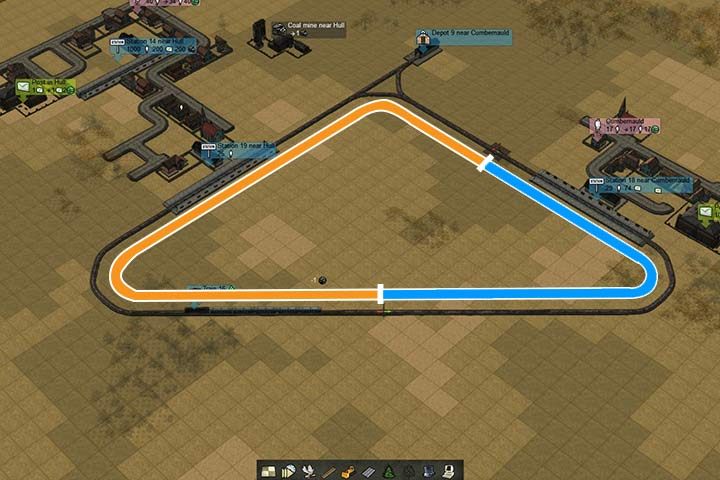
Imagine yourself that you created a loop that connects two stations and a depot. If you place one semaphore in any place, it won't split the loop into two blocks, although it will create a point that will cut the place. A train will stop at that semaphore because the signalization will count the back of that train as another object and will stop it here. If you place another semaphore, you will cut the whole track into two blocks. Thanks to that, when a train will ride in one block, another train will be let into the second one.
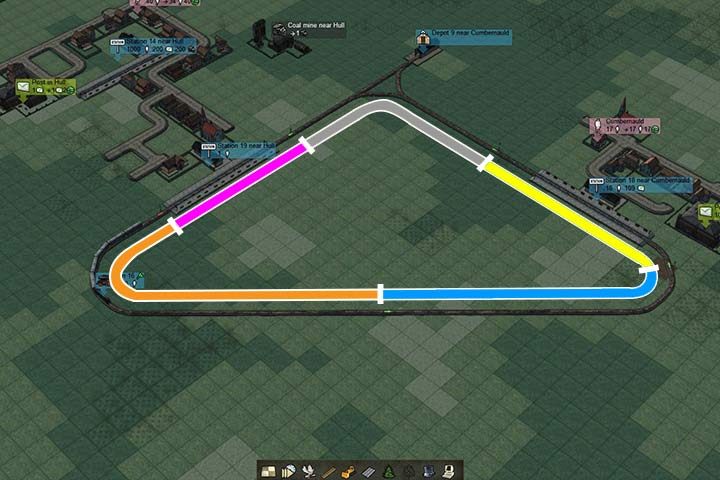
Addition of more semaphores will create more blocks. Thanks to that each train will be waiting less time for the next area to be freed. You should add more semaphores when you have larger and longer tracks, where there are many trains. If you're not sure where to place a semaphore, you should always place one before and behind the station. Additionally, construction of one-direction semaphores will save you from traffic jams.
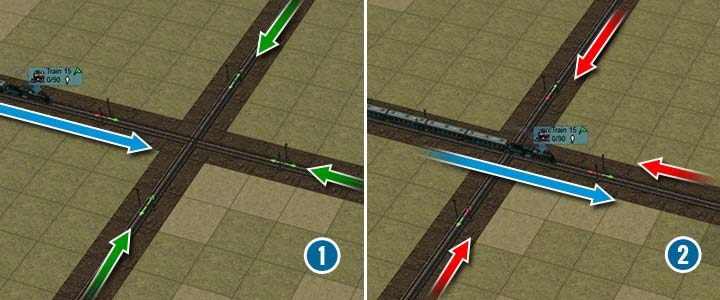
If you want to create a functional crossroad, you must place semaphores at each entrance/exit. This will create five blocks: four access roads and one in the middle, among the semaphores. Thanks to that not a single train will be let in as long as there is another train inside. It is useful for intertwining two lines, when constructing a bridge is expensive and connecting the lines is unwanted.
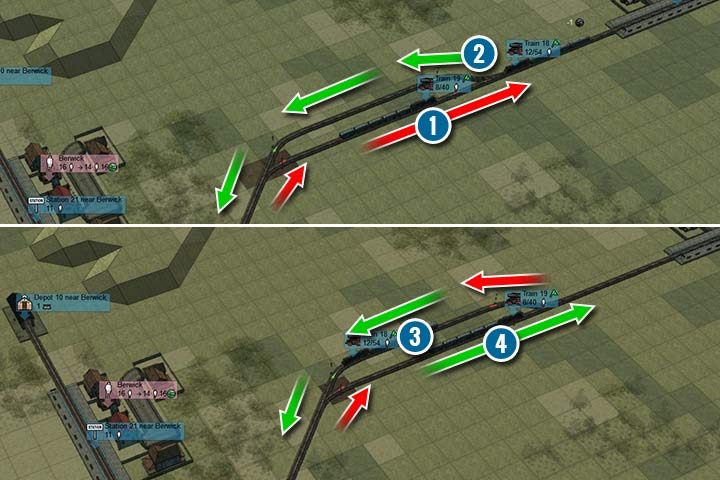
Semaphores can be used for creating passing loops. If you create a single track, combine it with the second, parallel track, and then you place 4 one-direction semaphores at each entrance and exit, you will create 4 blocks. One block will be before and behind the passing loop and two more will be inside it. Thanks to that, when one train will enter the passing loop, it will wait until the second one will free the path on the main track.
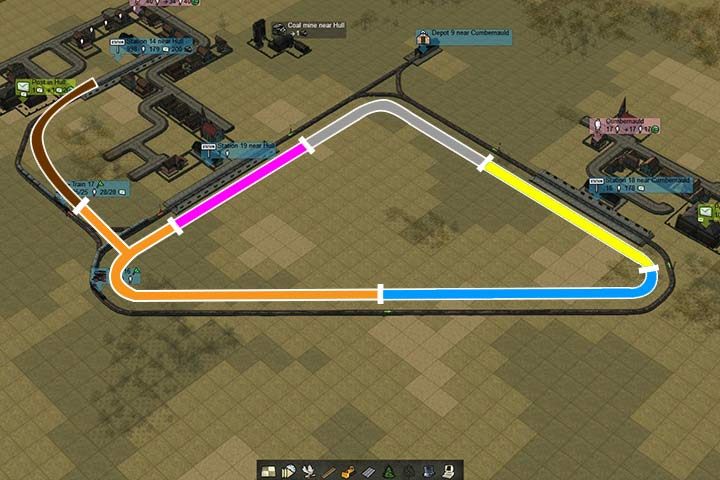
Entrance to the station with a two-directional semaphore will enable the train to enter the station and then leave it once the track becomes free. Tracks connected to this station should have one-direction semaphores so that unnecessary jams can be avoided. More about how to use signals to construct connections and stations can be found in next chapters.
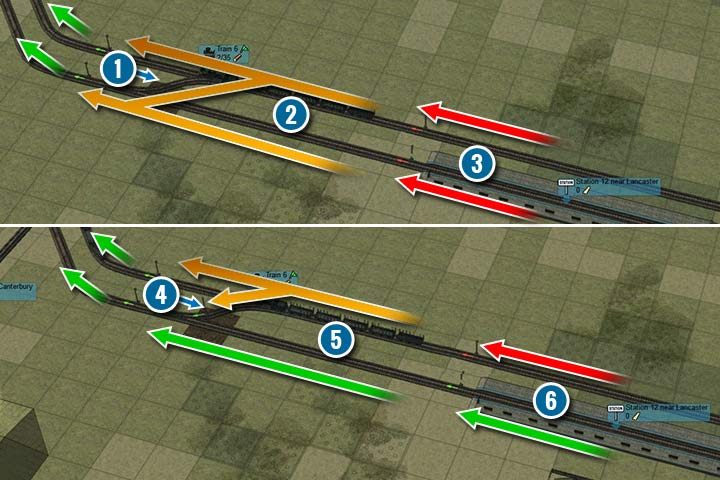
Remember! Avoid placing signals on each field when creating semaphores. This isn't only time consuming, but very ineffective as well. The train will keep starting to move and stopping. You will waste valuable time and slow down other trains. It is best to set semaphores every few fields - the number of fields should equal the size of moving trains. Another mistake is creating tracks with semaphores and then adding crossroads and additional tracks. Although the train on the route never uses the intertwining line, the game counts it as a single block. This could block many signals and paralyze the whole line. If you don't need to, don't cross existing lines - or at least place additional semaphores or bridges/tunnels.
- Mashinky Game Guide
- Mashinky: Game Guide
- Mashinky: Building and management
- Mashinky: How to construct railroads?
- Mashinky: How to effectively build stations?
- Mashinky: Simple connections and stations
- Mashinky: Station upgrades
- Mashinky: How do the semaphores work?
- Mashinky: Plant and factory upgrades
- Mashinky: Advanced connections and stations
- Mashinky: Transshipment stations
- Mashinky: Bridges or tunnels
- Mashinky: Building and management
- Mashinky: Game Guide
You are not permitted to copy any image, text or info from this page. This site is not associated with and/or endorsed by the developers and the publishers. All logos and images are copyrighted by their respective owners.
Copyright © 2000 - 2025 Webedia Polska SA for gamepressure.com, unofficial game guides, walkthroughs, secrets, game tips, maps & strategies for top games.
